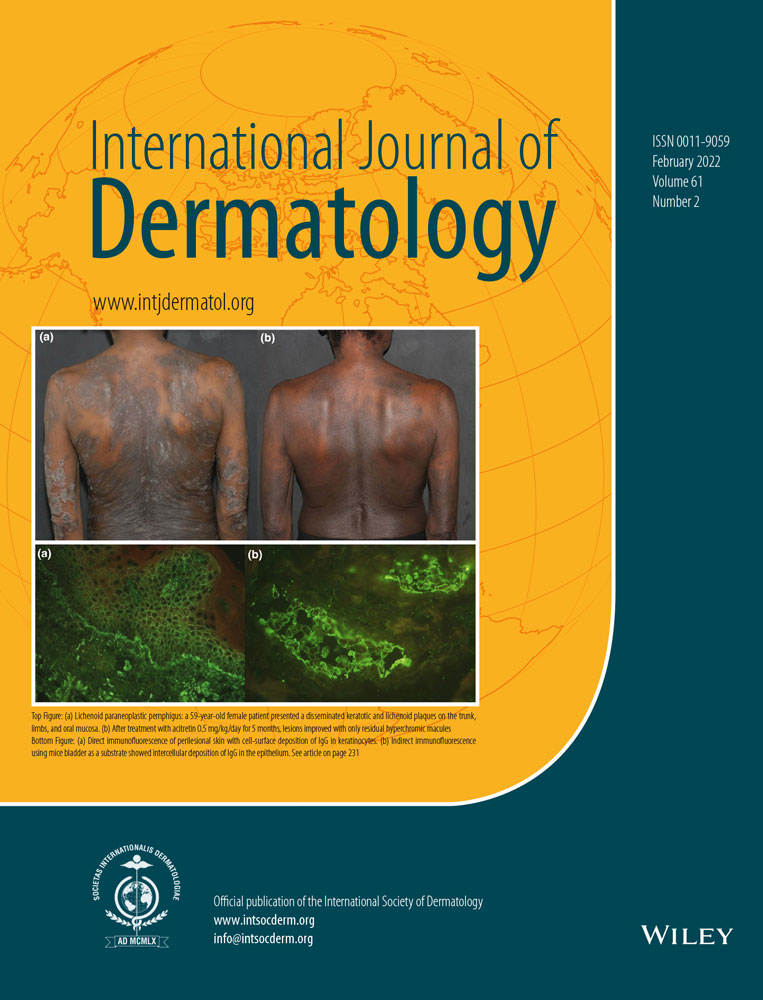Light-based therapies in the management of rosacea: a systematic review with meta-analysis
Conflict of interest: None.
Funding source: None.
Abstract
Background
The current scenario and position of laser and light-based therapies (LLBT) in the therapeutic rosacea scheme are lacking evidence-based recommendations and comparisons on efficacy and tolerability among different devices. This article aimed to systematically compare the efficacy, acceptability, and tolerability of the pulsed dye laser (PDL) versus other devices.
Method
A literature search was conducted in March 2020. Four domains were analyzed throughout the following six outcomes: Spectrophotometer erythema index and percentage of reduction for background erythema, telangiectasia grading scale for telangiectasias, visual analog scale for pain, and physician's assessment and patient’s satisfaction for treatment success.
Results
Our search yielded 423 potentially relevant studies. After removing the excluded and duplicated records, 12 records were assessed for eligibility in the meta-analysis. Erythema (RR:0.38 95%CI: −0.20-0.95), telangiectasias (RR:0.54 95%CI: −0.87-1.94), and the treatment success throughout the physician’s assessment (RR:1.23 95%CI: 0.74-2.04) and the patient’s satisfaction (RR:1.15 95%CI: 0.73-1.82) were not significantly different between pulsed dye laser and other LLBT. In the pain domain, PDL was as painful as other LLBT (RR:-0.23 95%CI: −0.96-0.49) but more painful than neodymium: yttrium-aluminum-garnet laser (RR:0.84 95%CI: 0.53-1.14) and less than intense pulsed light (RR:-1.18 95%CI: −1.56−0.80).
Conclusion
This work based on previously published literature demonstrates that the quality of evidence to support any recommendation on LLBT in rosacea is low-to-moderate. Among all the available devices, PDL holds the most robust evidence, although in the meta-analysis the effectiveness was comparable to other LLBT, such as neodymium: yttrium-aluminum-garnet laser (Nd-YAG) or IPL.




